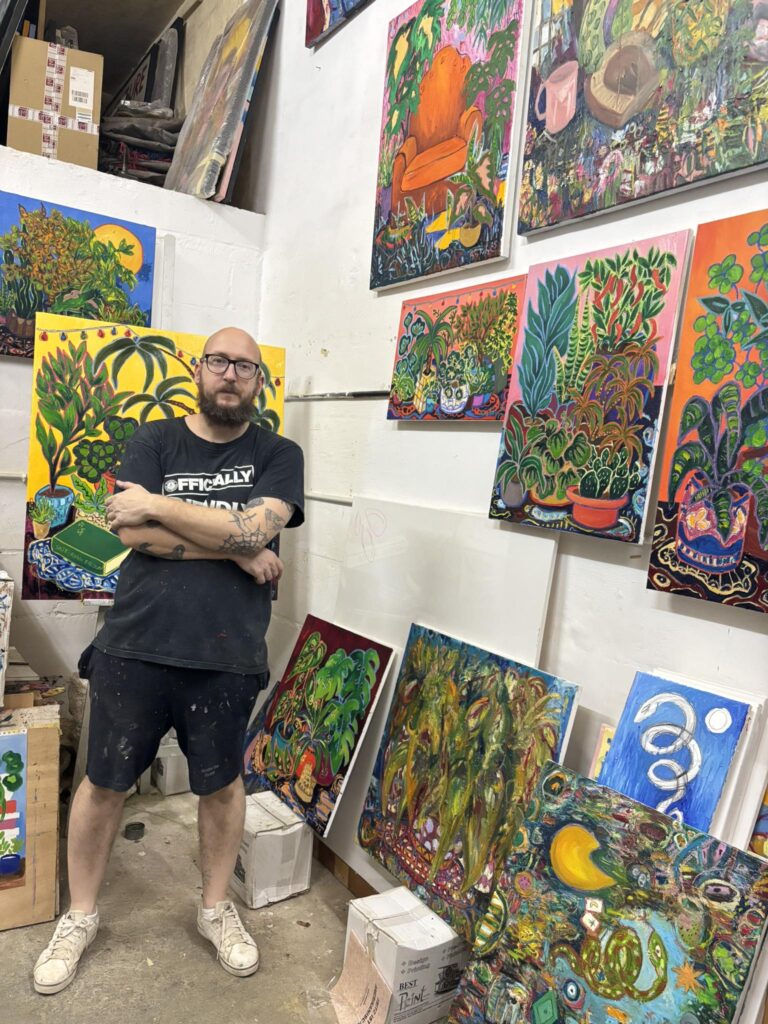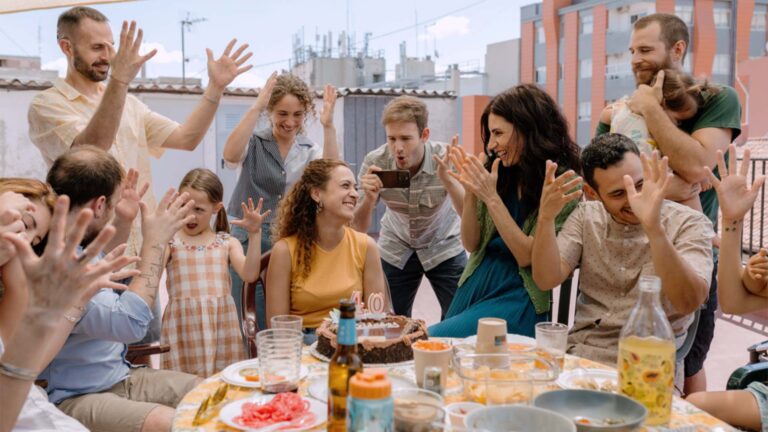A lot can be said when saying nothing at all, and that’s exactly how I’d describe the exhibition ‘Still Life, Life Still’, a “loud” yet “quiet” dialogue between artists Giorgio Preca and Ryan Falzon, which was on at the Malta Society of Arts until the 18th of September.
I ventured into the Malta Society of Arts at an awkward afternoon hour, completely alone and uninterrupted. It was as though the entire space was reserved for just me, and there was truly no better setting to appreciate the beauty of the stillness that was the visual dialogue between the works of painters Giorgio Preca and Ryan Falzon, very intelilgently curated by Giulia Privitelli. Both have presented us with graphic still lifes that not only capture the beauty of the mundane but also reveal the harmony that exists in between the nooks and crannies of everyday life. The thematic tension of the exhibition is heightened by the juxtaposition of Preca’s work, shown posthumously alongside Falzon’s ongoing practice. Notably, this is the first time these works have ever coexisted within the same space.

Sitting still does not necessarily mean sitting quietly. There is plenty that can be said not only of the technical ability of both painters and the mastery of their own crafts, respectively, but also of the ability to emote feelings and discourse through a labyrinth of objects that, when grouped, tell a story that is all their own. Walking through the space, one creaky floorboard at a time, past the aptly placed plants, presumably Falzon’s subjects, and a carefully curated selection of books, the viewer is invited to not only observe, but to sit, read and learn about the breakdown of space, life and stillness.
Historically, still life evolved from symbolic depictions in antiquity to a major art genre, continually reinventing itself as time went by. By the modern era, the genre shifted again, becoming less about symbolism and more about form, perception, and experimentation, from Cézanne’s structured apples, and Braque and Picasso’s cubist fruit bowls and instruments, to Warhol’s soup cans. All these paintings play a major role in the history and evolution not just of art, but society itself, offering us insight into the political and social climates of many a generation before us.

The title of this exhibition, ‘Still Life | Life, Still’, encapsulates the essence of this dialogue between Preca and Falzon. In their respective practices, the treatment of the object is strikingly similar. Preca, a leading figure in Malta’s modern art movement, trained at the School of Art in Valletta under Edward Caruana Dingli. He later studied in Rome, where he was influenced by Italian modern art trends such as Novecento Italiano and Metaphysical painting. Preca developed a distinctive style marked by simplified forms, strong outlines, and muted colours. His bold move away from academic realism made him one of the first Maltese artists to embrace modernism. Falzon is in many ways the ‘second voice’ of this exhibition; a contemporary Maltese artist and printmaker known for his bold, expressive style, often blending painting, print, and mixed media with a joie de vivre, exploring themes of identity, politics, social realities, and Maltese urban life. His work is characterised by strong colours, layered textures, and a raw, energetic aesthetic that draws from both expressionism and pop culture.

Still lifes are also very intimate depictions, offering viewers insight into the way people, and in this case, artists, live. From their cutlery choices to their style of pots and plants, these offerings of personal preferences are nothing short of diary entries into the lives of others. Windows into their kitchens and living rooms. In today’s day and age, exhibitions like this remind me of the beauty of not only the subject but the medium. Think of the number of posts you see on Instagram daily, photos of table set-ups and half-eaten food, objects on desks and makeup on nightstands. We’re surrounded by still life every day. Not only in our homes but on social media platforms where everyone has turned into a kind of unknowing artist, carefully placing, filtering and curating their lip glosses and perfumes to present to the public.
This exhibition brought it back to basics, daring viewers to question the relevance of still life as a genre in this chaotic and politically problematic day and age. One may ask: why waste time painting a still life? What one hopes viewers will come to find is that the still life has stood as a symbol of quiet perseverance throughout time. A silent protest of memories and matter that might matter far more than one gives it credit for.





